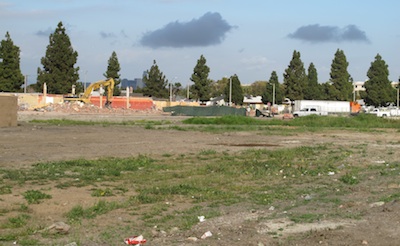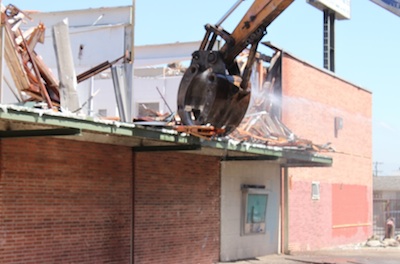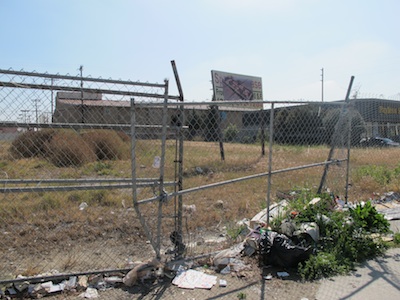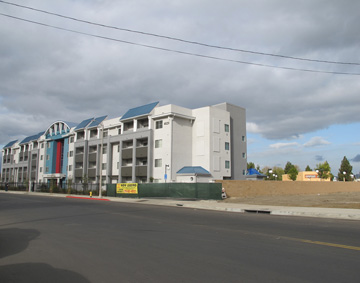The riot anniversary coverage on most media outlets revisited images of the Rodney King beaten by police, of trucker Reginald Denny being pulled and brutally attacked by a mob on Florence and Normandie, fires consuming the city, looters brazenly entering stores and stealing as much as they could and Korean storeowners armed with guns shooting at crowds.
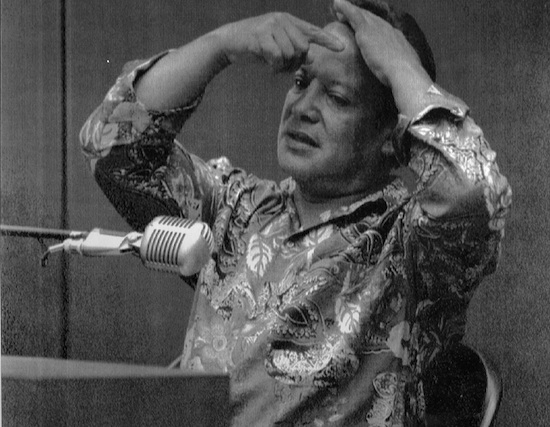 But there was a blaring omission in the coverage: the savage attack of Guatemalan immigrant Fidel López, who suffered a similar fate to that of Denny. On April 29, 1992, minutes after Denny was brutalized and rescued by four good Samaritans, the 48 year-old López was pulled from his truck, robbed and viciously assaulted in the very same intersection.
But there was a blaring omission in the coverage: the savage attack of Guatemalan immigrant Fidel López, who suffered a similar fate to that of Denny. On April 29, 1992, minutes after Denny was brutalized and rescued by four good Samaritans, the 48 year-old López was pulled from his truck, robbed and viciously assaulted in the very same intersection.
López’s assailants split his forehead open, almost severed his ear, stripped him naked, spray painted his body black and doused him with gasoline with the intent to set him on fire. He was saved by the Rev. Bennie Newton, an African-American minister who shielded López from the attackers with his own body and took him to the hospital.
Why is Denny remembered and López forgotten, if they both suffered the same fate, on the same day, in the same intersection and both beatings were captured on video?
Read the rest of the story here.
Photo of Fidel López courtesy of La Opinión newspaper.











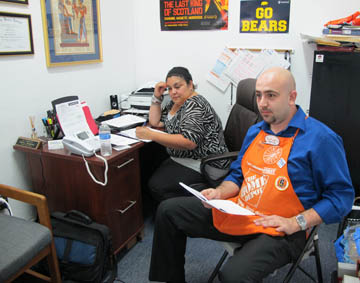

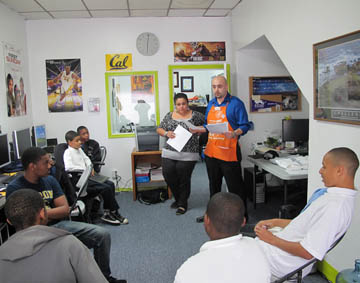
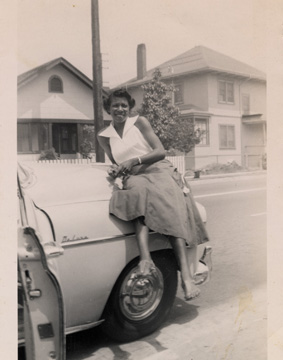
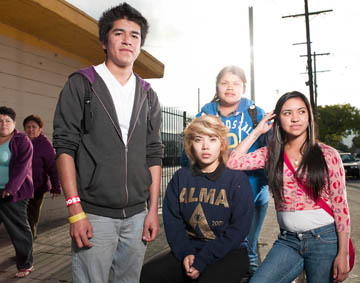

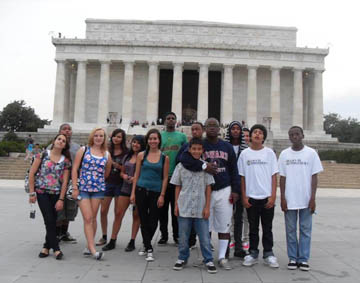

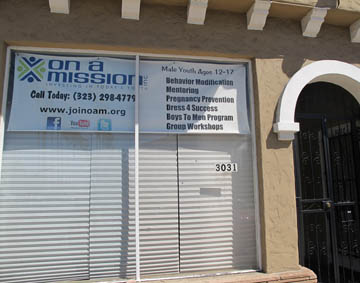
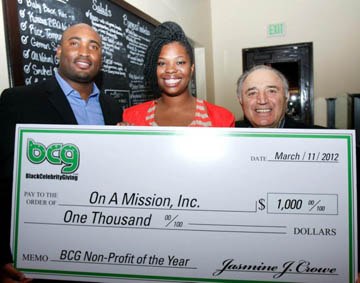
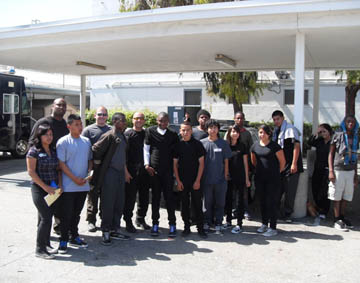
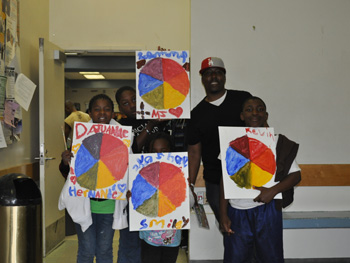

 Mark Berndt, 61, arrested on suspicion of committing lewd acts upon a child, faces 23 criminal counts involving children aged 7 to 10 years old.
Mark Berndt, 61, arrested on suspicion of committing lewd acts upon a child, faces 23 criminal counts involving children aged 7 to 10 years old.